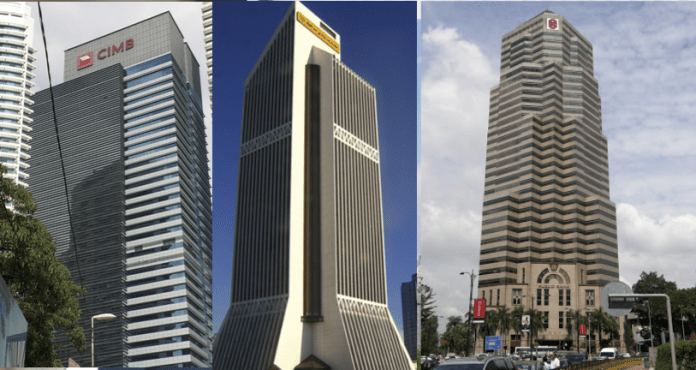In May 2023, system loans expanded by 4.8% YoY after a slower performance from April’s Hari Raya festivities. This is still within CY23 expectations of 4.0%-4.5% as household and busines accounts continued to grow, with possible easing in 2HCY23 says Kenanga.
On a Mom basis, Kenanga said it saw a higher pick-up from business accounts across the board as working capital obligations resumed fully. Meanwhile, households continue to see progressive entrants of new home-owners fuelled by fewer cash flows intensive primary market purchases. The house maintains the view that household income may be hurt by inflationary pressures later on; particularly with the domestic currency struggling to regain strength.
Applications are still supportive (+27% YoY, +25% MoM). In line with the return to business-as-usual, higher applications came in to make up for the slowness exhibited during the festive season. It is of note that CY22’s Raya seasons were slightly later, falling on early May. That said, May 2023’s unexpected 25 bps OPR hike could result in slower applications in the coming month as banks work to re-adjust their financing rates (refer to Tables 4−5 for breakdown of system loan applications).
May 2023 GIL of 1.80% (Apr 2023: 1.78%, May 2022: 1.79%) reflected a third consecutive month of sequential increase but this could be affected by delayed payments to support festive spending, similarly reflected during CY22.
Kenanga opines that current levels may not be concerning yet as GIL ratio typically ranges between 1.6%-1.8%. On the other hand, industry loans loss coverage continued to fall, at 93.2% (Apr 2023: 94.2%, May 2022: 100.1%) as banks utilised their provisions with few signals indicating the need to top up. Meanwhile, the industry CET-1 ratio remains stable at 14.6% (Apr 2023: 14.8%, May 2022: 14.3%) (Refer to Tables 6−7 for a breakdown of system-impaired loans). Rebalancing deposit allocation. Industry deposits saw a MoM increase of 0.5% (+6.7% YoY) as cash-churning spending is likely to have eased. This level is within CY23 deposits growth target of 5.0%-5.5% with some moderation expected in the second half. CASA ratio rose to its YTD-high of 28.9% (Apr 2023: 27.9%, May 2022: 30.8%) as customers could have expired out of their previously locked-in term deposits and await more attractive rates going forward. Given that OPR levels are mostly stable, Kenanga opines that this presents the banks with an opportunity to soften product rates which were previously heightened by competition
Weaker perception could be led by discouraging local currency performance as well as generally less bullish production numbers painting our domestic landscape to be less attractive. Still, we continue to have confidence in the banking space for its resilient earnings and with an average dividend yield of 6% providing an attractive shelter for longer-term investors amidst softening favour for the space.
For this 3QCY23 season, the house believes investors may seek more tactical opportunities given the ongoing sector-wide weakness. CIMB is highlighted as the house believes investors may pay closer attention to its write-back prospects closer to the end of the year, and CIMB’s sizeable overlay relative to earnings presents some handsome translation to earnings and special dividends. On the other hand, the group is also expected to report double-digit earnings growth in the coming years, whereas some peers could only see a more modest performance.
Kenanga says it also likes PBBANK as the large outflux of foreign investors from the stock may be unwarranted, seemingly only justified by weakening MYR undermining foreign portfolio holdings. The group also appears arrested by uncertainties in its future shareholding structure, but believes any clarity from here only offers upside prospects as overall operations are expected to be fundamentally intact given its systematic importance to the local financial ecosystem.
Being the safest bank in terms of asset quality readings, present levels offer cheap opportunities for entry. Lastly, AMBANK as is considered as its current fundamentals are highly supportive of healthier discussions for M&As, which have in the past been frequently considered. The group is also one of the leaders in terms of SME profile, which is touted as a highgrowth segment that could accelerate market share growth for the group.









